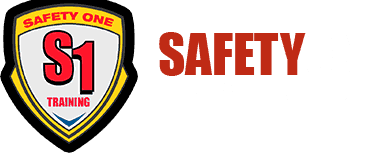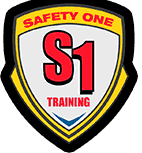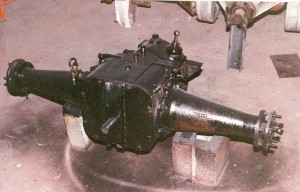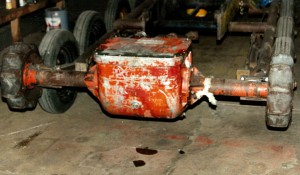10 Jul Is my rear end hot? Cool Snowcat Advice!
Tricky question isn’t it?
Many have faced this question with a bit of trepidation, both on a personal level and in reference to snowcats! If we are indeed referring to the planetary differential in your tracked snow cat then I have the answer for you. If the question is more of a personal nature, you are on your own.
There is confusion about the amount of heat you should expect in your planetary differential, what it means when it is too hot and what field corrections you can make. The answers are fairly universal across all the oil bath planetary vehicles you will encounter (OC3, OC4, OC10 and OC12). This covers all Bombi’s, Skidozers, 250 252, 300, 302, Muskegs etc. from Bombardier. This also applies to all of the LMC, DMC, Thiokol products such as the 1402 and 1404 Imp snow cats, the 1200 A, B and C models of Sprytes, the 1500 Ford and AMC powered tracked snow vehicles as well as the 2100’s. The only Tucker that utilized a planetary method of steering was the Sno-Kitten which has been relegated to the museums by now.
So how hot should my rear end be?
First, if you have been steering heavily around terrain or using your planetary to hold you from descent on a steep slope it may be hot to the touch even in perfect condition. Be sure to check the rear end under normal operating circumstances, not after heavy use of the planetary steering brakes. In these circumstances if the rear end is too hot to touch, it is too hot. If they are melting snow and turning it into steam—that would be called WTH. Also known as “way too hot”.
So you have a hot rear end….why?
The most common cause I have seen involves steering band adjustment. The adjustment bolts are placed typically on the front of your planetary (rear end) housing. These should be loose enough that there is about 2 inches of free travel in both the drivers steering control levers before steering or braking occurs. If the bands are over tightened it is typically more extreme on one side or the other you can figure this one out. How to check? Put the snowcat on a flat and level trail and without touching the steering levers drive forward 100 yards. If the machine veers from straight then an over tightened steering band is likely. This is only one cause, there are others, which we will cover in another blog. It could be as simple as one track too tight or a bad bogey wheel bearing. Remember also that as rear ends age they tend to run warmer due to wear on the internal bearings, and ring and pinion gears. Usually there are not enough hours on the machine to cause this problem UNLESS someone neglected to check the planetary fluid leak from last year! Also if your snow-cat uses the cooling oil in the planetary differential to move the blade and implements you will lose your rear end fluid if you tear or break one of these lines. Continue to operate and you WILL destroy the rear end.
So what can I do in the field?
The castings of the rear end housings can be packed with snow to provide an immediate solution which may be enough to get you safely home. If your travel distance to safety is too great or you are outbound on a life or death rescue then you will need to do something more. Try loosening both steering control bolts one full turn and see if the problem stops. If not, loosen the bolts a second full turn. Still no improvement? The “snow gods” are unhappy with you. So if nothing else has worked then the next step would be to remove the fluid inspection level bolt (if there are two bolts it is the lower one) from the rear of the planetary and put your finger in the hole, where you should be able to touch fluid. If there is no fluid we are going to have to improvise. If you have motor oil it will work briefly but will foam up. If you have ATF it will work also, especially if that happens to be what is used in your unit normally. If this solves the problem only proceed away from base on a life or death rescue, otherwise turn around and find out why the fluid leaked out in the first place, flush the system and refill with correct fluid. Assuming the fluid level was full and therear end is still hot, this is often the result of poor operator training because the operator rests his hands on the steering levers when not actually executing a turn…DON’T. Your hands should be off steering levers when not engaged in a turn. Now we are getting desperate to find a cause! Three more tries! Maybe both tracks are equally adjusted too tight which can cause up a 20% power loss and rear end overheating. Maybe you have a bogey wheel bearing that is bad and seizing up causing drag (but you should have noticed the machine pulling to this side) Or perhaps you have never performed fluid swaps on the front steering master cylinders at the bottom of each steering lever. When you release the steering lever a rust blockage between the upper and lower parts of these master cylinders is preventing the system from releasing the breaking pressure to that side of the machines steering hydraulics. If this is the case you have one solution to keep going. Go back to the planetary and back the steering bolt all the way out and the band will release. Now you will have steering only on one side. Remember that a left turn going forward is a right turn backing up! You’ll be late for dinner with this one!




Sorry, the comment form is closed at this time.